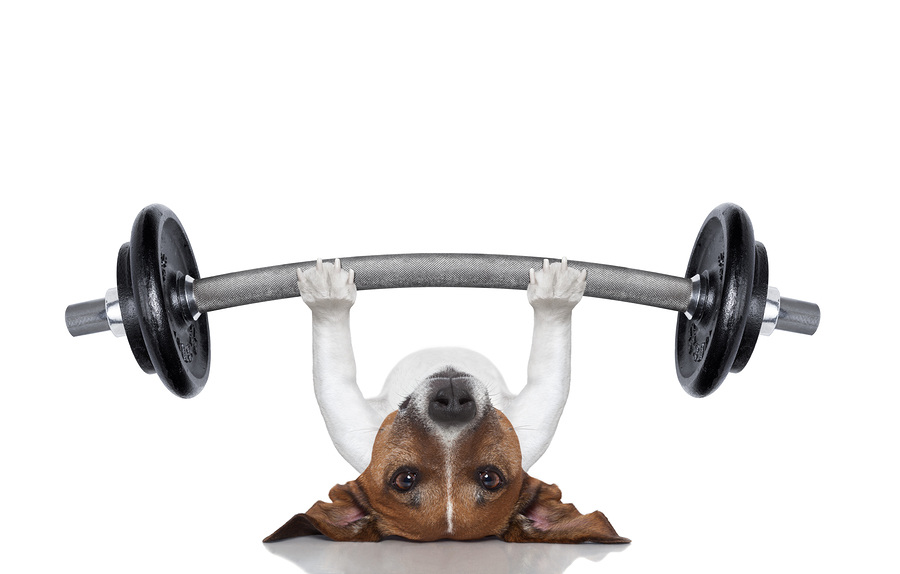
Clear Communication is key to effective dog training. If your communication is not clear, your dog will not understand what behavior you are trying to achieve. The “clicker” is a mechanical device that provides a clear indicator at the precise moment that your dog performs the desired behavior. When combined with Positive Reinforcement clicker training creates a safe and humane method for training.
The sound of the “clicker” is a universal language. It is understood to mean the same thing each time the sound is made. When your dog is trained with the “clicker”, it is a simple and clear form of nonverbal communication between you and your dog. The “clicker” reduces the confusion which in turn makes for more effective training.
When more than one person in a family is engaged in training, the use of the clicker reduces confusion. Everyone has a different way of speaking in the use of specific words and the intonation in their voice. . Clicker training makes it very clear so that no matter who is working with your dog will, your dog will understand when they have performed the correct behavior.
If you have a puppy, adolescent dog or a dog that is easily distracted, the clicker creates a distinct sound that can be distinguished from other environmental cues. This method will keep your dogs’ focus on you rather than the outside world.
You will be amazed at how quickly your dog will learn a behavior. The clicker allows you to be more consistent as you are providing a marker that is non-emotional. It allows you to achieve this result in shorter training sessions because of its’ clarity.
Positive Reinforcement involves the use of reinforcement through reward. When your dog hears the sound of the click, it immediately signals to your dog that their reward is coming. This is their pay for displaying the desired behavior. The reward is typically food but for dogs that are not food motivated, play can be used as an alternative reward.
There are three different techniques for training a new behavior. They can be capturing or catching a behavior; shaping a behavior; or luring into the desired behavior. Once taught, a cue is added. You might be thinking; will I be carrying the clicker with me for the rest of my dog’s life???? That is not the case. Once the behavior is learned, you will slowly phase out the clicker. Now you have a solid behavior on cue!
You will continue to reinforce the cue slowly reducing the rate of reinforcement. Now you have achieved a long term response that will allow you to use the verbal command and/or hand signal to achieve the desired response.
Whether your dog is young or old; has had some training or none, the addition of the clicker into your training regiment, will bring your training to the next level. If you want to work on some simple obedience or introduce tricks, the clicker will speed up the process.
It is easy and fun and definitely worth a try!
The sound of the “clicker” is a universal language. It is understood to mean the same thing each time the sound is made. When your dog is trained with the “clicker”, it is a simple and clear form of nonverbal communication between you and your dog. The “clicker” reduces the confusion which in turn makes for more effective training.
When more than one person in a family is engaged in training, the use of the clicker reduces confusion. Everyone has a different way of speaking in the use of specific words and the intonation in their voice. . Clicker training makes it very clear so that no matter who is working with your dog will, your dog will understand when they have performed the correct behavior.
If you have a puppy, adolescent dog or a dog that is easily distracted, the clicker creates a distinct sound that can be distinguished from other environmental cues. This method will keep your dogs’ focus on you rather than the outside world.
You will be amazed at how quickly your dog will learn a behavior. The clicker allows you to be more consistent as you are providing a marker that is non-emotional. It allows you to achieve this result in shorter training sessions because of its’ clarity.
Positive Reinforcement involves the use of reinforcement through reward. When your dog hears the sound of the click, it immediately signals to your dog that their reward is coming. This is their pay for displaying the desired behavior. The reward is typically food but for dogs that are not food motivated, play can be used as an alternative reward.
There are three different techniques for training a new behavior. They can be capturing or catching a behavior; shaping a behavior; or luring into the desired behavior. Once taught, a cue is added. You might be thinking; will I be carrying the clicker with me for the rest of my dog’s life???? That is not the case. Once the behavior is learned, you will slowly phase out the clicker. Now you have a solid behavior on cue!
You will continue to reinforce the cue slowly reducing the rate of reinforcement. Now you have achieved a long term response that will allow you to use the verbal command and/or hand signal to achieve the desired response.
Whether your dog is young or old; has had some training or none, the addition of the clicker into your training regiment, will bring your training to the next level. If you want to work on some simple obedience or introduce tricks, the clicker will speed up the process.
It is easy and fun and definitely worth a try!











 RSS Feed
RSS Feed
